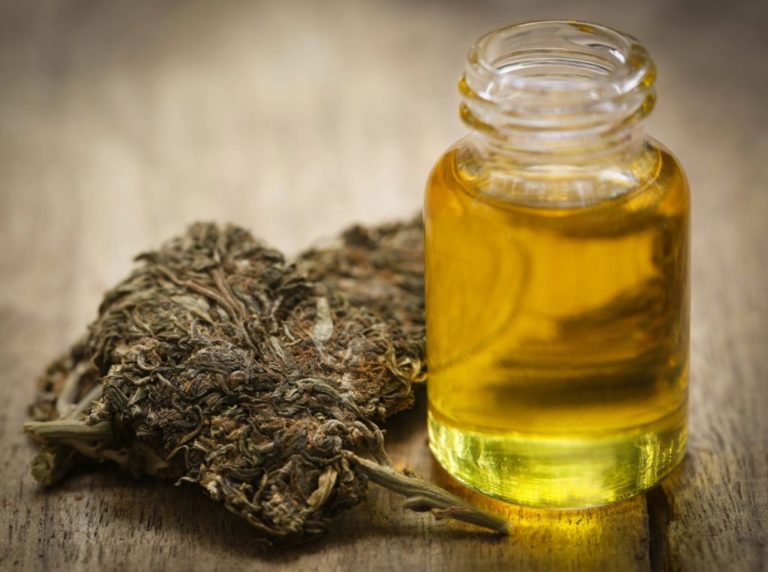Engineers that are closely working with the National Institute of Biomedical Imaging and Bioengineering (NIBIB) have created a small monitoring device, worn on the skin, that identifies alcohol levels in perspiration.
The new wearable monitor has the incentive of being non-invasive and unseen by other people, making it more applicable in settings where one would indulge in alcohol drinking. The device would allow people to temper their intake because the gadget would signal when the user is either drunk or dangerously close to being so.
“Measuring alcohol in sweat has been attempted before, but those technologies took two to three hours to measure alcohol levels. Our patch sends alcohol levels to your smartphone in just eight minutes, making real-time alcohol monitoring possible, practical, and personal,” said Patrick Mercier, Ph.D. at University of California, San Diego in La Jolla and study co-senior author.
Around 88,000 individuals in the United States perish from alcohol-related incidents such as drunken driving, which accounted for almost 10,000 fatalities in 2014, according to the National Center for Statistics and Analysis.
Aside from NIBIB, the project was funded by the United States Department of Defense’s Defense Threat Reduction Agency, the Thai Development and Promotion of Science and Technology Talents, and the UCSD Center of Wearable Sensors.
Heavy alcohol drinking can lead to cancer
Aside from the dangers on the road, heavy alcohol drinkers are also susceptible to dangers to the body, specifically the big C, which can affect the mouth and throat, the voice box, the liver, and to a lesser extent, some colorectal areas.
“The more you drink, the higher the risk. It’s a pretty linear dose-response,” said Dr. Clifford A. Hudis, the chief executive of the American Society of Clinical Oncology.
For her part, American Cancer Society vice president for epidemiology Susan Gapstur said: “The International Agency for Research on Cancer (IARC), which is part of the World Health Organization, first classified the consumption of alcoholic beverages as carcinogenic to humans in 1987, tying consumption to cancers of the mouth, throat, voice box, esophagus, and liver.”
In fact, a recent IARC report showed that alcohol, “is a cause of cancers of the oral cavity, pharynx, larynx, esophagus, colorectum, liver, and female breast,” with esophageal cancer being largely connected to squamous cell carcinoma.
“One way alcohol may lead to cancer is because the body metabolizes it into acetaldehyde, which causes changes and mutations in DNA. The formation of acetaldehyde starts when alcohol comes in contact with bacteria in the mouth, which may explain the link between alcohol and cancers of the throat, voice box, and esophagus,” Gapstur said.
For news stories that are geared towards preventing sickness, visit Prevention.news.
Sources include:
NIBIB.NIH.gov
PostAndCourier.com




















